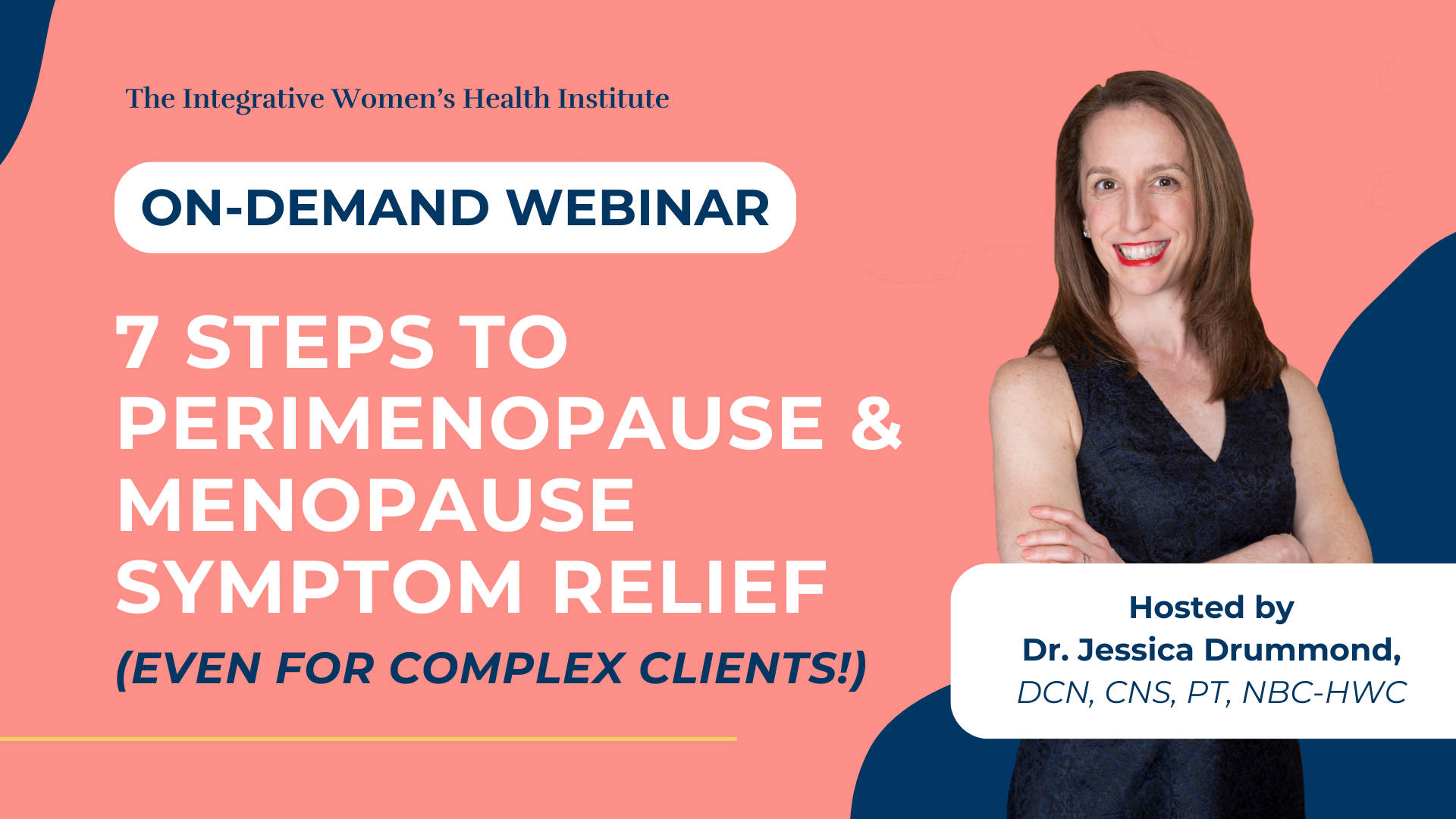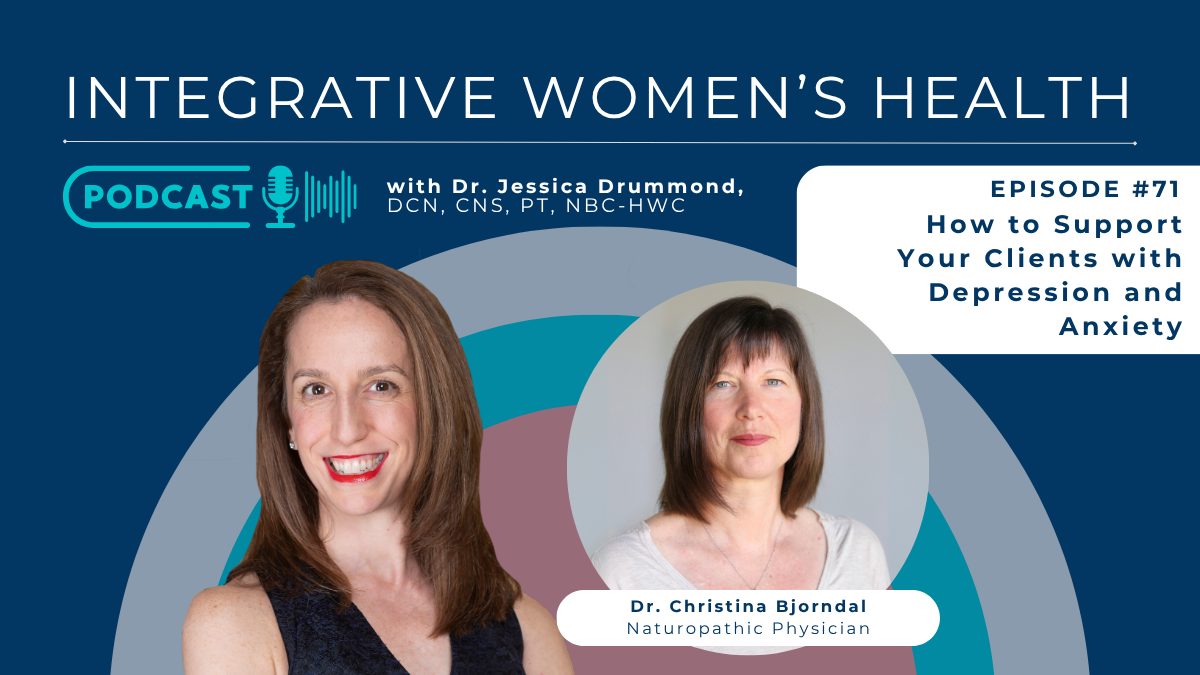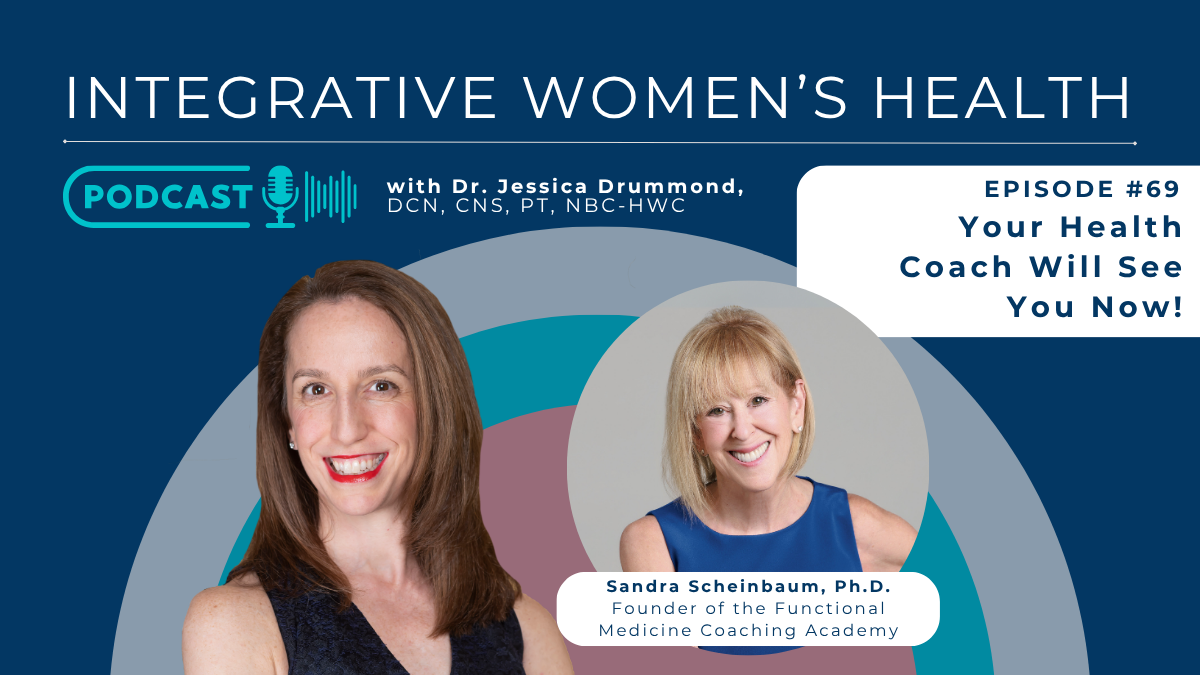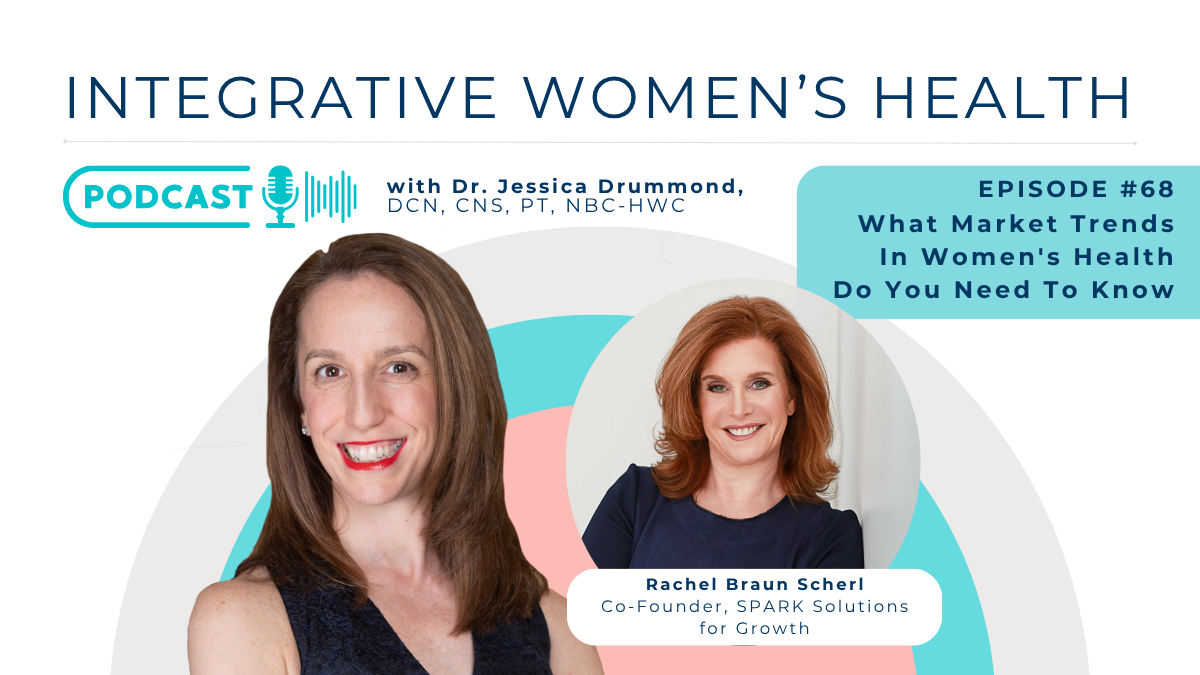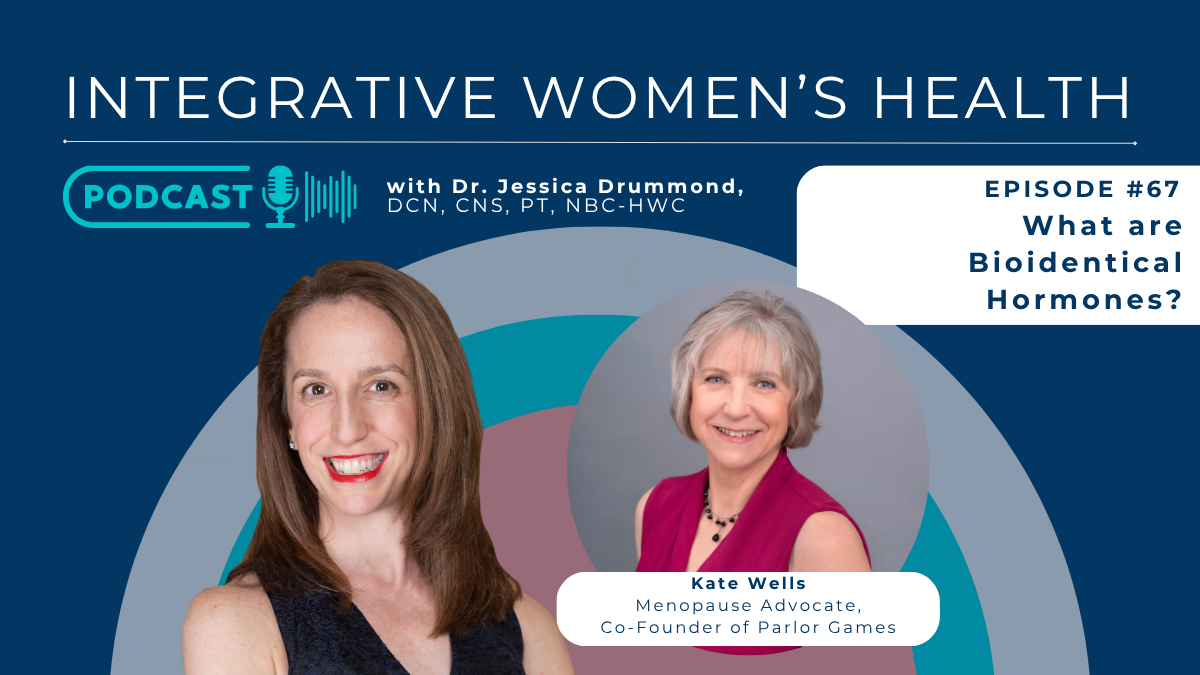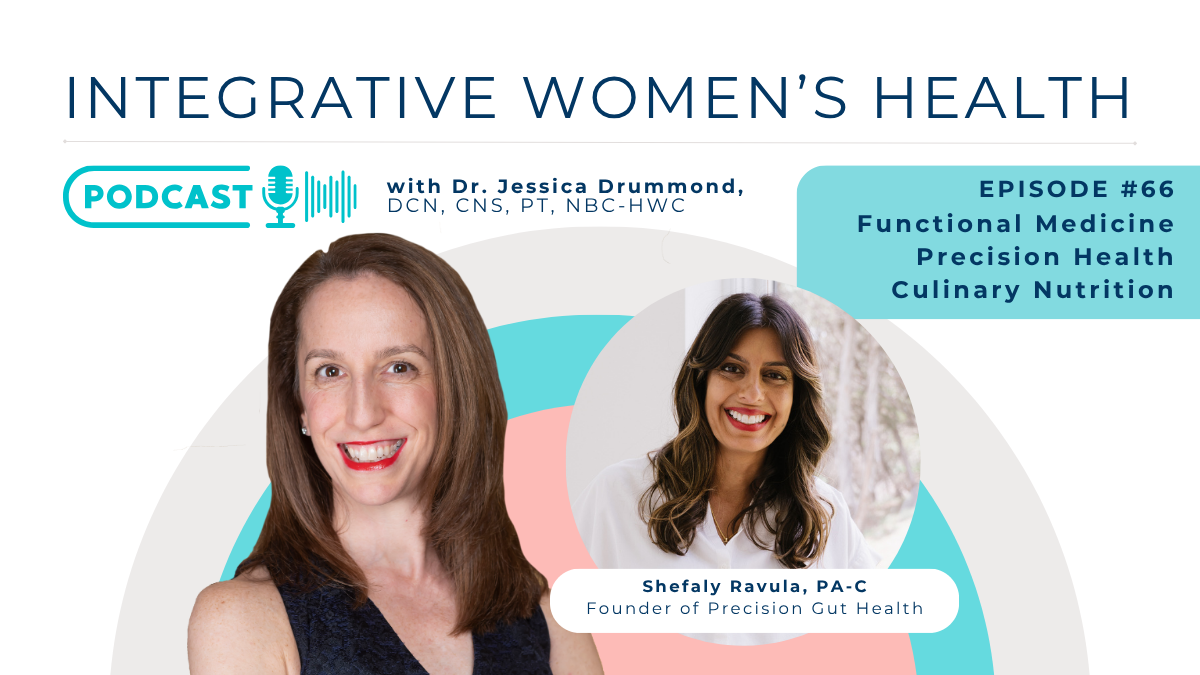Vulvodynia affects over 14 million people in the US alone.
This complex pain syndrome is a frustrating condition to treat. Vulvodynia is a condition that causes pain in the vulva (or specifically in the vulvar vestibule). The root cause of vulvodynia is not fully understood.
Vulvodynia is most bothersome when provoked and when the tissue is irritated. This often happens during sex, when wiping after using the bathroom, when wearing tight pants, sitting, etc. If it’s generalized, the pain can surface at any time.
Like any other chronic pain condition, vulvodynia has body, mind, and spirit components. My clients usually find it easier to start with creating optimal conditions in their bodies. Physical changes are often easier to make than emotional or spiritual changes.
The 6 steps that we work through to resolve vulvodynia from the root cause with each of our unique clients.
Structural
There are muscles just inside of the vulva that supports the vagina, bladder, and rectum. These muscles are an integral part of the pelvic structure. Just like any other muscles, these can be tight, weak, and/ or in spasm.
Working with a highly skilled pelvic floor physical therapist can help to find specific muscular or soft tissue issues.
Next, it’s time to develop a specific program of exercise, muscular relaxation techniques, manual therapy, or self-massage. This program sometimes includes or is combined with energy work, visualizations, affirmations, or breathwork that can relax, stabilize, and strengthen the tissues.
Nervous System Quieting
Many people with chronic pain live in a state of “fight or flight.”
If the nervous system is in overdrive is important to practice strategies that help to calm the nervous system. IT is crucial to help the body to become less sensitive to irritating stimulation. Irritating stimulation can contribute to and worsen chronic pain.
Our nervous systems can become sensitized for many reasons, such as:
-
Lack of sleep
-
Excessive intake of inflammatory foods
-
Emotional stressors
-
Chronic infections
-
Excessive environmental toxin exposure
-
Pain “cross-talk” from the reproductive organs, bladder, colon, etc.
Each person needs a unique nervous system quieting program that is tailored to her needs. For most of my clients, sleep strategies are essential.
As well as mindfulness, yoga, breathing exercises, and minimizing inflammatory foods can be helpful.
Individualized testing for yeast infections, bacterial vaginosis, or other more rare microbes can be essential if we suspect underlying chronic infections.
There are also tests available for environmental toxin stress, that can sometimes be helpful.

Digestion
In every case, finding each client’s optimal, individualized food plan is essential. A personalized elimination diet guided by a professional nutritionist can help determine the foods a body is uniquely sensitive to.
If you’re looking for in-depth about how to safely conduct an elimination diet for chronic pelvic pain, you can read more about Outsmart Endometriosis Health Coaching program here.
Unfortunately, there is no “Vulvodynia Diet”.
Not only are each person’s food sensitivities unique, but their digestive function challenges are also unique.
For example, a person can eat the best diet in the world and still struggle to absorb nutrients. They could struggle with nutrient absorption if they have issues with low stomach acid, sluggish digestive enzymes, inflamed bowels, or constipation.
This lack of nutrient absorption is blocking the healing of the irritated digestive system, which may be irritating the vulva. The vulva is close to the rectum it is common that if one is irritated the other will also become irritated. This is called organ cross-talk.
Individualized stool testing and empiric testing can help us to determine each person’s most beneficial combination of foods and supplements.
This list of beneficial foods and supplements is designed to reduce chronic inflammation and support optimal nutrient absorption. This is crucial for giving the body all of the vitamins, minerals, proteins, and fats that it needs to heal.
Are you a nutritionist, health coach, physical therapist, gynecologist, naturopath, or another medical professional who works with women with chronic pelvic pain? Learn more about our integrative approach to chronic pelvic pain in The Perimenopause and Menopause Certificate Program.

Nutrient Deficiencies
Many people with vulvodynia lack essential nutrients for the vulvar, vaginal, and pelvic tissues to function optimally.
In my vulvodynia clients, it is common to see deficiencies of vitamin D, omega-3 fatty acids, antioxidants, B vitamins, and magnesium. Specifically on their nutrient deficiency and organic acids tests.
It is important to address each person’s unique nutrient deficiencies with targeted supplementation. This is important to maintain optimal vulvovaginal and general health long term.
Some nutrients with the best evidence base to generally reduce chronic pain include:
Omega-3 Fatty Acids – 3000mg total daily (in 2-3 doses), You can get high-quality omega-3 fatty acids and Vitamin D3, here, with 2-3 capsules per day.
Vitamin D3 (best if taken with Vitamin K2) – 2000IU – 5000IU daily. Anti-inflammatory polyphenols… I like this combination of 2 capsules daily.
Endocrine System
Optimal hormone balance is essential for lubrication of the vulvovaginal tissues and the strength of the pelvic floor muscles.
Plus, having optimal stress hormone balance helps to keep the nervous system calm. Many women with vulvodynia have low estrogen, progesterone, and/or testosterone.
Many struggle with high cortisol and/or low melatonin.
Some women with vulvar pain also have thyroid issues and/or chronic fatigue that may be hormonally related.
It is important to test to see how hormone levels are imbalanced.
Testing can help us to figure out which hormones are imbalanced, why, and how to balance them from the root.
It is crucial to understand why estrogen is low and how estrogen breaks down in the body. Solely applying topical estrogen cream on the vulva will not be an effective long-term treatment. You have to address the root cause of the pain for long-lasting relief.
Narrative Medicine
After you’ve worked to address structural, nervous system, digestive, nutrition, and hormonal issues. It’s time to tune into what the pain is trying to say.
In fact, we usually address all six of these factors concurrently with each of our clients.
Join Dr. Jessica Drummond, the founder and CEO of the Integrative Women’s Health Institute, for an exclusive webinar designed for health and wellness professionals who aspire to excel in menopausal symptom management.
Dive deep into her proprietary and comprehensive, seven-step approach to managing perimenopause and menopause symptoms, especially for complex cases.
Many people with vulvodynia have experienced trauma or abuse.
Addressing past trauma with the help of a skilled psychotherapist in pelvic pain is key to healing recurrent vulvodynia pain.
In addition, our integrative approach helps clients to work through practical stressors, whether they have had trauma or not, that can be contributing to the pain.
Stressors can include anything from work, relationships, parenting, or a lack of feeling safe in their body or life.
Our clients often feel a lack of safety in their bodies. They feel a lack of financial safety. They have deeply ingrained societal messages of sexuality being shameful. And, many of our clients are overgiving to the point of exhaustion.
Addressing common emotional, spiritual, and practical challenges that so many people face is our specialty.
In narrative medicine, a person’s stories, beliefs, support network, and goals are all a part of the root cause healing process.
Our clients work to learn what their unique bodies, mind, and spirit need to help. They learn how to tap into their body’s own healing ability. The person’s mind, body, and spirit do the healing. We just support them to create the environment in her body and life to make healing easier, quicker, and more complete.
Read on to learn more about the specifics of one of our client’s unique pelvic pain recovery journeys.
We recently published her case in the peer-reviewed journal, Integrative Medicine, A Clinician’s Journal.
Are you a nutritionist, health coach, physical therapist, gynecologist, naturopath, or another medical professional who works with women with chronic pelvic pain? Learn more about our integrative approach to chronic pelvic pain in The Perimenopause and Menopause Certificate Program.

